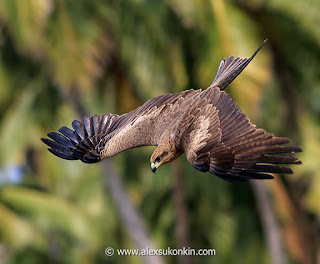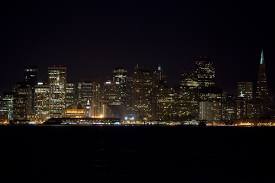1. What is your reaction to his work?
I think not much effort was put into creating this. I did't really enjoy his art.
2. How do you think he made these photos?
I think he made these photos with a feature in the digital camera, or he morphed three photos into one.
3. Think about some buildings you have seen, which ones would be good to take a photo like this? Tell me about those buildings, where are they, could you get easy access to them?
The U.T clock tower would be a good candidate for this type of photography. It would be an off-campus assignment, so not necessarily easy access. Another building good for this would be the Statue of Liberty. It would be very difficult to do this because it would require going to New York.
Here is a picture of a clock tower with the type of photography explained above.
1. Why did you pick this photo?
It was very well shot, and it interested me because I like baseball.
2. What category did you find this photo?
I found this photo in Sports Action
3. What award did it win (what place)?
It came in second place.
4. What did the photographer do that attracted your eye? (I am not talking about the subject, but what the photographer did)
I think the photographer intentionally shot this because it is very rare to catch a baseball with your open hand. He also Shot it so that it only focused on the player and not the field.
5. How much do you think the subject of the photo weighed in the judges minds when they picked this photo as one of the best of 2012?
I think the subject weighed in the photo a lot because he is the only focused thing in the photo.
6. What do you think the photographer had to do that was unique to getting this photo?
The photographer had to get low to the ground because the player was low to the ground, sliding for the ball.
1. Why did you pick this photo?
I picked this photo because it shows heroes putting their lives on the line to save others.
2. What category did you find this photo?
I found this photo in the Domestic News category.
3. What award did it win (what place)?
This photo placed in Third.
4. What did the photographer do that attracted your eye? (I am not talking about the subject, but what the photographer did)
The photographer intentionally shot it to where the subjects were leaning over the raft and holding on to the tree.
5. How much do you think the subject of the photo weighed in the judges minds when they picked this photo as one of the best of 2012?
The subject weighed not too much in the photo because it was the situation that was important. As long as the subject was in the photo, it was good.
6. What do you think the photographer had to do that was unique to getting this photo?
He had to go way downstream to be ready for the search and rescue team.
1. Why did you pick this photo?
It depicted a very important event, the Israel bombings.
2. What category did you find this photo?
I found this in the Photojournalist of the year category.
3. What award did it win (what place)?
It came in Third place.
4. What did the photographer do that attracted your eye? (I am not talking about the subject, but what the photographer did)
The photographer focused the photo on a person running out to help those who were in need.
5. How much do you think the subject of the photo weighed in the judges minds when they picked this photo as one of the best of 2012?
The subject wasn't that important because the background depicted the bombing.
6. What do you think the photographer had to do that was unique to getting this photo?
The photographer had to put his life on the line to take this photo because he could have been bombed.
1. Below each photo are suggestions for photographers. List 3 of the ones you think are the most important for photographers to remember when they are out shooting.
Window Light is the best light for portraits.
Don't let different parts of the story distract others.
The smile says a lot about the connection between the painter and the subject.
2. Pick your favorite painting, get a copy of it and post it on your blog.
3. Then go find a REAL photo that looks like your painting. DO NOT GET AN ACTUAL PHOTO OF THAT PAINTING, find a photo that copies the style of the painting, but is NOT the painting.
4. Did the photographer follow the suggestions fully?
The photographer followed the suggestions of the photo. It wasn't exactly the same but it was similar.
5. Which style of painting do you think might influence you?
I like the reflection style of the painting. It would be a fun style to work with.
















































